Considering launching an NFT? Wondering how to develop a long-term vision that will actually work?
In this article, you'll find out the three major elements of a successful long-term NFT project and key things to keep in mind when developing your strategy.
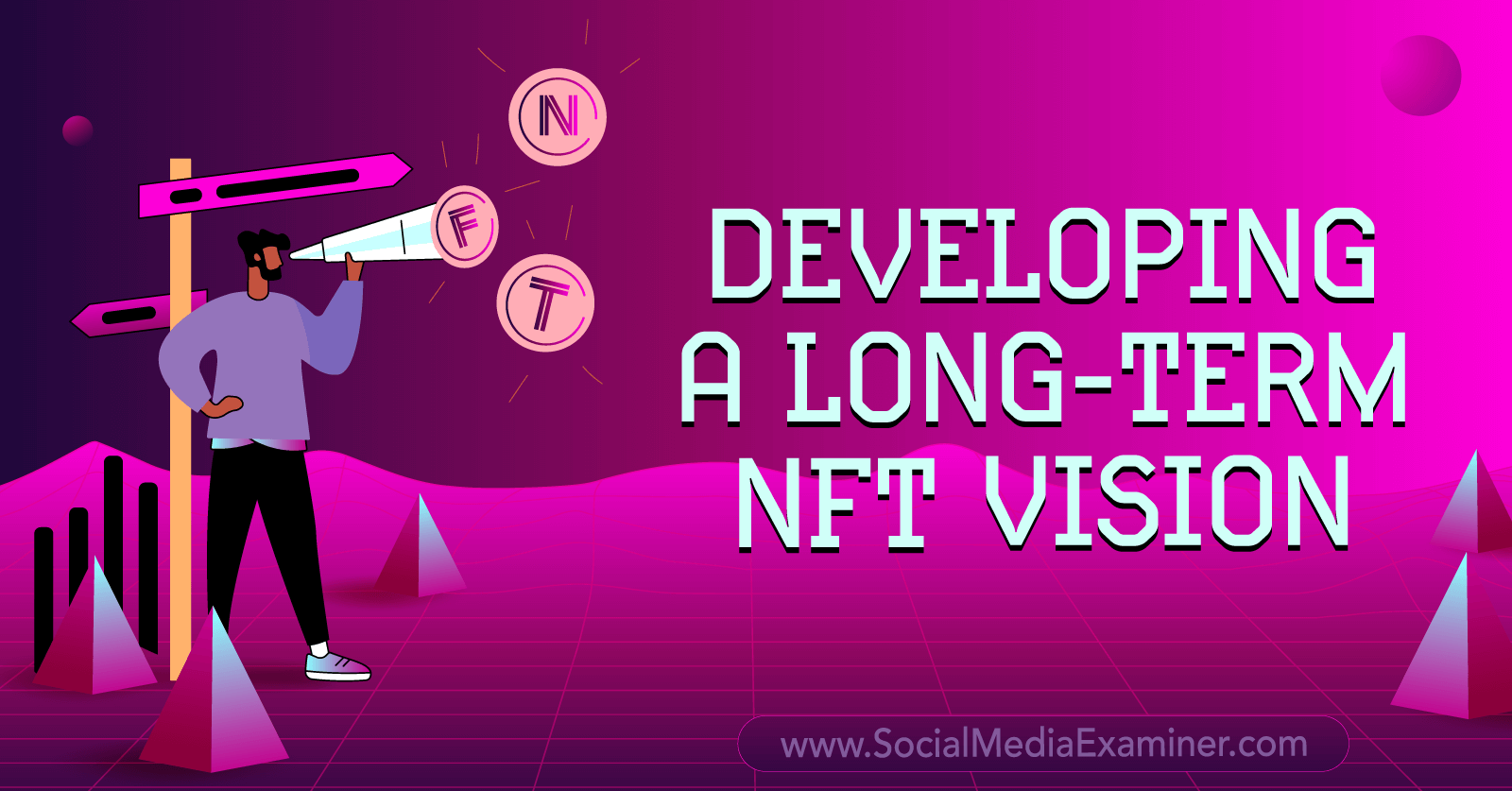
Why Do NFT Projects Fail?
Before we begin listing all of the things you can do to help make sure your NFT launch is successful, let's first analyze why NFT projects fail. Ninety-eight percent of all NFT projects will likely fail for a multitude of reasons. Here are some of the more common ones to watch out for.
Lack of Vision or Originality
As sometimes happens, we see breakout success stories like the Bored Ape Yacht Club that seem to come out of nowhere and spark everyone's imagination. And not long after, everyone is trying to recreate that same level of success. As marketers, we try to model these success stories, often not realizing that once a success story becomes a phenomenon, it starts to break the rules that the rest of us need to follow.
Remember that launching an NFT project is a lot like launching a new business. And just as with any other type of project or business, you need to solve some type of problem.
The problem and how you solve it is up to you. You can solve an emotional need by developing an amazing and supportive community. You can solve a nostalgic-seeking individual's psychological need to re-embrace their youth. Solving a problem really means that you have to get creative in the market and think about what your hook is going to be.
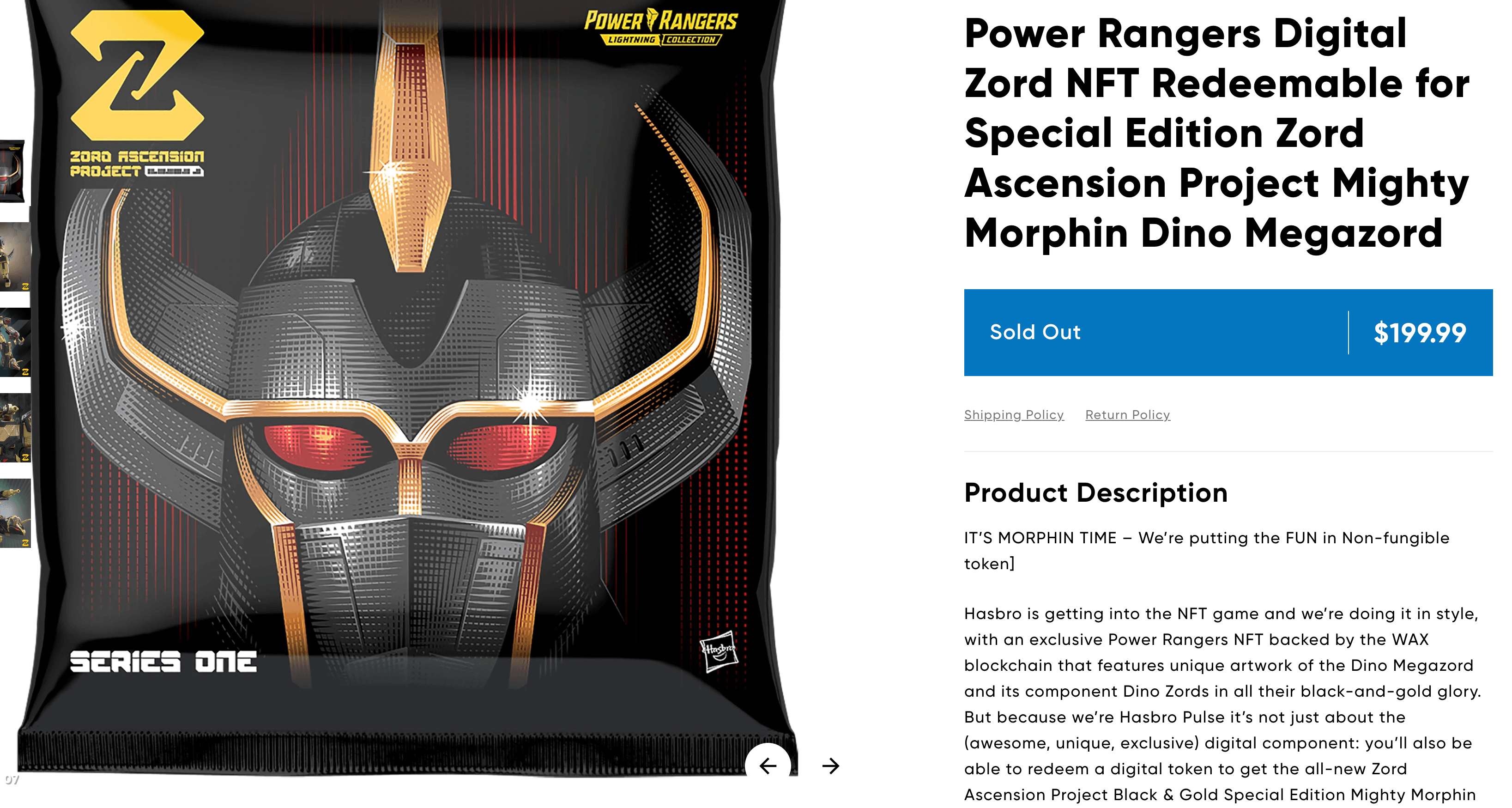
This is the part that marketers understand. However, a lot of creators will launch their NFT projects without taking enough time to really consider what problem they're solving with this launch. They put together a great idea with appealing artwork, they get out of the gate eager to sell their 10,000 NFTs, and then when they stall out at 160 sales, they can't pinpoint what they did wrong.
The truth is, they put so much consideration into their long-term vision that they forgot about the fact that people want to see something tangible now. So if you have an original idea with a long-term vision, what are you showing the world today?
This is one of those new rules that those breakout successes didn't have to worry about. But the investors and the participants in this ecosystem are much smarter in 2022 than they were in 2017 during the ICO (initial coin offering) craze when you could basically sell anything if you could write a good white paper.
Today, the audience wants to see something more tangible and realistic that they can be involved in, and they want to see it now—not at some yet-to-be-determined date in the future after it's been built.
Building a Community That's Too Small to Support the Project
The next reason why some NFT projects fail is they forget to build their community up to critical mass. The communities in this space are typically on Discord, Telegram, and Twitter.
Most marketers can tell you to start building a community before you launch your business. And most businesses understand the need to build a community themselves. However, when launching a traditional product, there's no restriction on the size of the community you need. When you launch the product, you launch it to the audience you have and then you can continue bringing new people into your community after the fact.
That's not what happens with an NFT project.
With NFTs, once you launch the NFT project into your community, if that community isn't at critical mass—meaning it has 5 to 10 times the number of members in it than the number of NFTs planned for the launch—then there's no one left to bring into the NFTs.
Get World-Class Marketing Training — All Year Long!
Are you facing doubt, uncertainty, or overwhelm? The Social Media Marketing Society can help.
Each month, you’ll receive training from trusted marketing experts, covering everything from AI to organic social marketing. When you join, you’ll also get immediate access to:
- A library of 100+ marketing trainings
- A community of like-minded marketers
- Monthly online community meetups
- Relevant news and trends updates
So if you're launching a project with 10,000 NFTs, your community should be built up to 50,000 or even 100,000 interested participants. That's the only way to sell the 10,000 NFTs and create the value that powers them.
If you have 10,000 NFTs you want to sell but only 5,000 people in your community, there's no way to create demand after the drop. Even if everybody mints two, there's no one left outside of the community who knows about the project who'll then want to be involved in it.
The marketing aspect and building your community are important but you need to get it over-subscribed to whatever it is that you want to do. Building an active community that's large enough to support your project isn't an easy task. You need to be a good marketer and networker. You've got to build the relationships and do AMAs (Ask Me Anythings) with other communities.
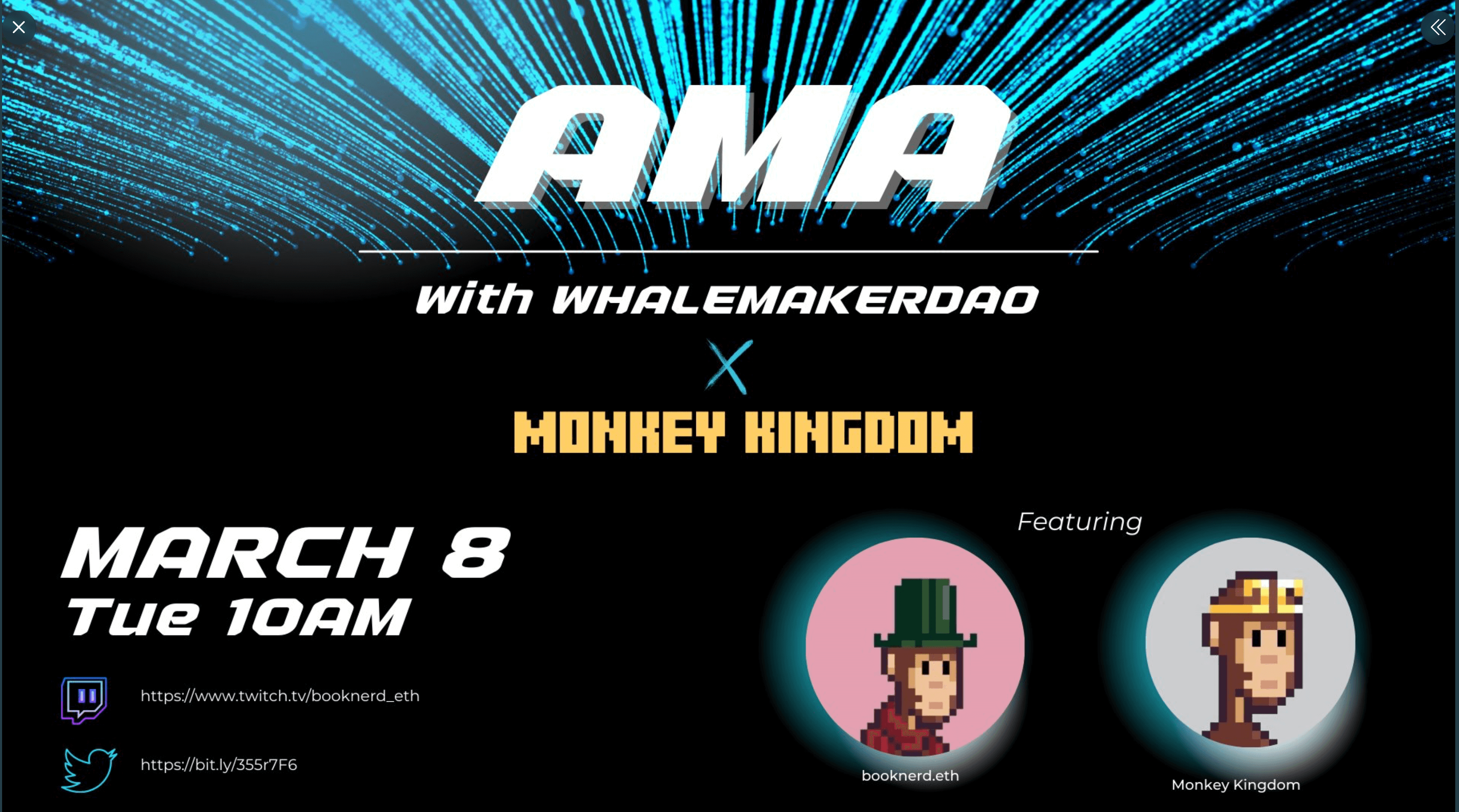
Ignoring Syndicates
After marketing, it really comes down to who you're initially engaging with. Most of the largest players in the NFT space are part of a syndicate, also called an alpha group, where if one buys into an NFT project, they all follow suit and buy into the same project.
Of course, working with a syndicate isn't required. Some creators design their projects specifically not to work well with syndicates and whales, who are the big investors who'll buy up 10% to 20% of the supply and then share with others the projects they're involved in. However, ignoring these groups rarely works to your advantage.
The crypto space has already become a huge community that any new creator needs to embrace, and if you don't, your project will struggle. Very few creators realize this because they're not taking the time to do their marketing, networking, and research to identify the biggest holders in similar projects and approach them about becoming involved in their own project.
Lack of Post-Launch Preparation
It's possible to have a successful NFT launch and still fail in the long term. One of the most common reasons is not having the right people on the team to manage the project after the sale.
You can take an artist, a developer, and a marketer, put them together, bring a product to market, and sell it out, but then what's the plan after that? The artist is done with the art. The developer is done with the blockchain side. And the marketer is wondering, “What do I sell next?”
Many people who get involved in NFT projects fail to look at who the team members are on the project before the launch and how many of them have experience after the launch.
And that's kind of a problem with the shiny-object, short-term type of thinking that has worked so far. But it's not going to continue working for new people coming into the space. To really succeed with your NFT project, you have to think about who the leader of your NFT project is going to be and what their experience is within the NFT space. How are they going to help your NFT project succeed?
Another reason many NFT projects fail in the long term is that they don't have a vision for money management. They'll have a vision or a roadmap for the NFT itself, they'll raise funding, and then have no idea what to do with the money. So think about how you're going to use your funding to continue building the community and providing value to make the project successful over the long term.

Discover Proven Marketing Strategies and Tips
Want to go even deeper with your marketing? Check out the Social Media Marketing Podcast! Publishing weekly since 2012, the Social Media Marketing Podcast helps you navigate the constantly changing marketing jungle, with expert interviews from marketing pros.
But don’t let the name fool you. This show is about a lot more than just social media marketing. With over 600 episodes and millions of downloads each year, this show has been a trusted source for marketers for well over a decade.
4 Considerations When Developing a Long-Term Vision for Your NFT Project
Now that we've covered the reasons behind why many NFT projects fail either at the outset or in the long term, let's talk about what some of the successful long-term projects are doing and how you can apply that to your own NFT project.
Secure the Backing of Notable Investors
One thing potential investors will consider with any NFT project they might be looking to buy is who's backing the project.
A lot of the more successful NFT projects are backed by venture capitalist investors. In addition to lending credibility to the project, it also signals to other potential investors the project has been through its due diligence. Someone has checked out the legal documentation and the team has been doxxed. These are the signs that people who are really looking to build wealth in the space are looking for.
Doxx Your Team
Once again, the breakthrough successes from a few years ago worked because rules like this weren't yet becoming the norm. Now, launching an NFT project as an anonymous creator isn't only risky, but discouraged.
If an NFT project is raising millions of dollars, potential buyers want to know the background of the people who will manage that money. If they've never run a business, there's a high probability that they won't have a clear idea of what to do with the money and it won't go toward growing the project.
Convey Your Vision Through a Public Deck
Investors today want to see a public deck with NFT projects. Art is great, utility is a given, but investors want to see the deck. A deck, sometimes called a pitch deck, is a presentation used to pitch an NFT idea to any number of audiences, but especially to investors.
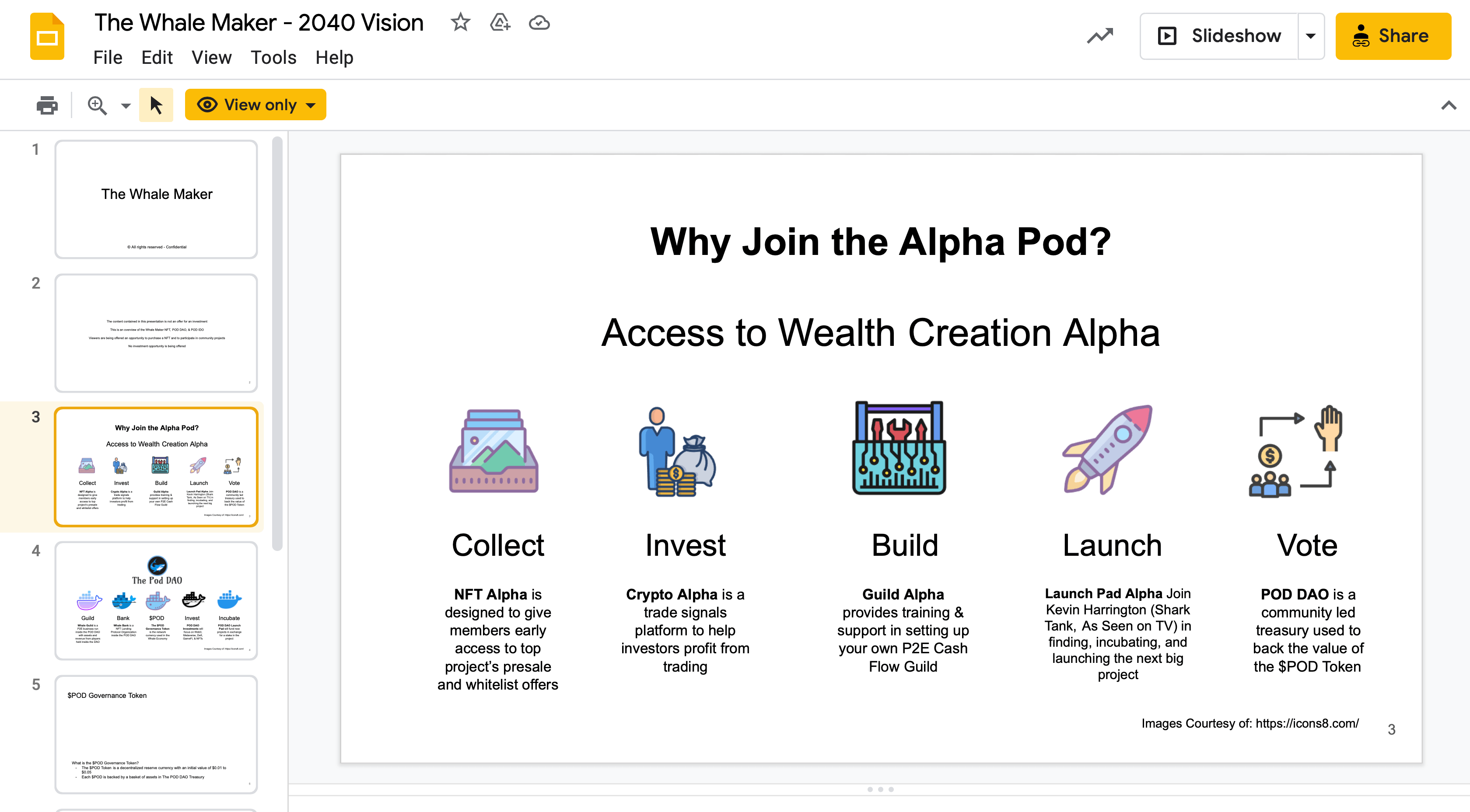
Your deck should contain each of the elements that we've already talked about: a high-level summary of the project, the problem you're addressing, your marketing strategy, your team, financials and projections, and so on.
Incorporate a DAO and Tokenization Into Your Project
Forming a decentralized autonomous organization (DAO) can also help ensure long-term success of an NFT project.
DAOs are organizations driven by tokens and owned by the community. Typically, to be done correctly, there has to be a token allocation. For example, suppose there are 10,000 NFTs and every NFT gets airdropped 100 tokens. If you own 10 NFTs, you now have 1,000 tokens, so you'd have a larger vote in the direction of the DAO.
A lot of projects issue what's called a utility token that people can use inside of their ecosystem. Some popular projects do it so that if an investor wants to get alpha, meaning they partnered with a project for a whitelist or an allow list, they can buy those access rates for their token. They might be able to use them to buy tickets to real-life events, for example, or whatever utility the project is creating the token for.
Whether these tokens have been created for financial value and go through the regulatory realm of “know your customer” (KYC) or they're given to holders as a promise of utility, individuals have an inherent notion that those tokens will be worth something later. This is why they go through the process of earning and claiming them.
For example, in the Whale Sharks project, you can stake your Whale Shark into what's called an alpha node and it will pay you tokens every month. Those tokens represent the assets in the DAO. Those tokens sold at 0.008 cents but they're now worth about 4.50 cents. So if you bought them, you've already seen a significant return on your investment.
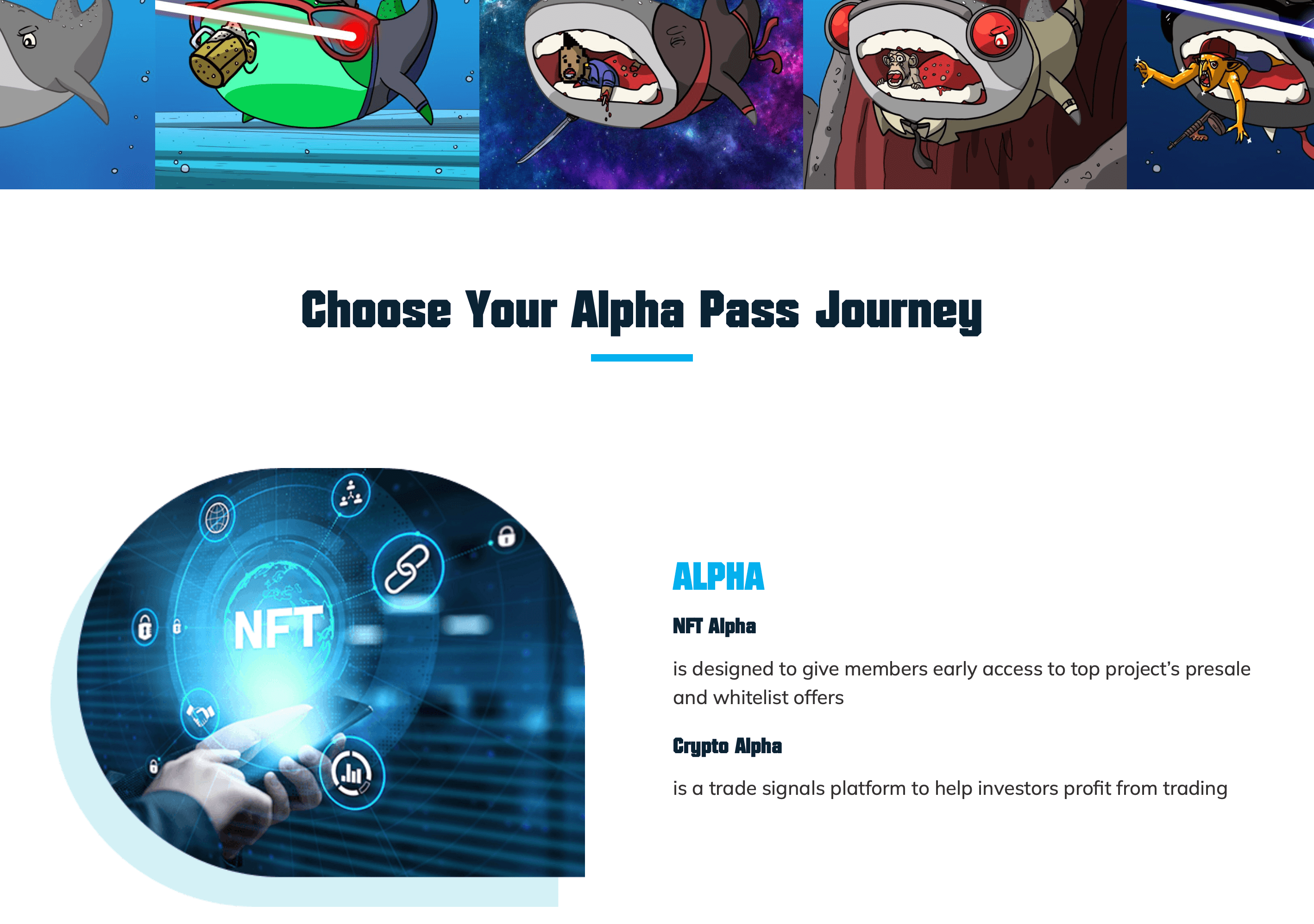
There are entities like Horizen Labs and Republic that specialize in helping issue tokens for NFT projects. Typically, they'll consult with you under tokenomics and may connect you with different marketplaces for your listing or your fundraising, depending on the scale of your project.
Where NFTs May Be Headed in the Future
Inside the NFT space, over the next 3 to 5 years, there's a good chance that we'll see fewer macro-ecosystems and more cross-chain, cross-function, cross-integrated ecosystems. Those businesses that adopt that idea now, or at least have it as a part of their roadmap, are going to be the ones to come out on top.
Right now, the NFT market is starting to become oversaturated with land—there are more land plots than there are people participating in the space. So buying the wrong one could end up going the wrong way. But if you buy one that's part of an ecosystem with multiple legs, you just need one or two of them to survive for the entire project to survive, and then you can add new legs.
Roger Bryan is a Web3 investor and founder of Results.io, an agency that specializes in helping Web3 companies launch successful projects. He's also the founder of Block Capital, a blockchain fund, and host of the weekly Coffee with the Nerd live show. Find Roger on Twitter at @booknerd_eth.
Other Notes From This Episode
- Check out The Whale Sharks, Horizen Labs, Republic, StartEngine, Psychedelics Anonymous, Gala Games, and The Sandbox.
- Connect with Michael Stelzner at @Stelzner on Instagram.
- Watch the interviews on the Crypto Business YouTube channel.
Listen to the Podcast Now
This article is sourced from the Crypto Business podcast. Listen or subscribe below.
Where to subscribe: Apple Podcast | Google Podcasts | Spotify | Amazon Music | RSS
✋🏽 If you enjoyed this episode of the Crypto Business podcast, please head over to Apple Podcasts, leave a rating, write a review, and subscribe.
Disclaimer: The information provided on this website is provided solely for educational purposes and does not constitute any advice, including but not limited to, investment advice, trading advice or financial advice, and you should not treat any of the website's content as such. Social Media Examiner recommends that you independently research any information contained on this Website and that you speak with an investment professional before making any decision to purchase, trade, hold or sell cryptocurrency. Nothing herein should be treated as a recommendation to buy, sell or hold cryptocurrency. Social Media Examiner cannot guarantee the accuracy of any information listed on the website and is not responsible for any missing or wrong information. All information is provided as is and should be used at your own risk. Social Media Examiner disclaims all responsibility and liability for your use of any information found on the website.
Attention Agency Owners, Brand Marketers, and Consultants

Introducing the Marketing Agency Show–our newest podcast designed to explore the struggles of agency marketers.
Join show host and agency owner, Brooke Sellas, as she interviews agency marketers and digs deep into their biggest challenges. Explore topics like navigating rough economic times, leveraging AI, service diversification, client acquisition, and much more.
Just pull up your favorite podcast app, search for Marketing Agency Show and start listening. Or click the button below for more information.

